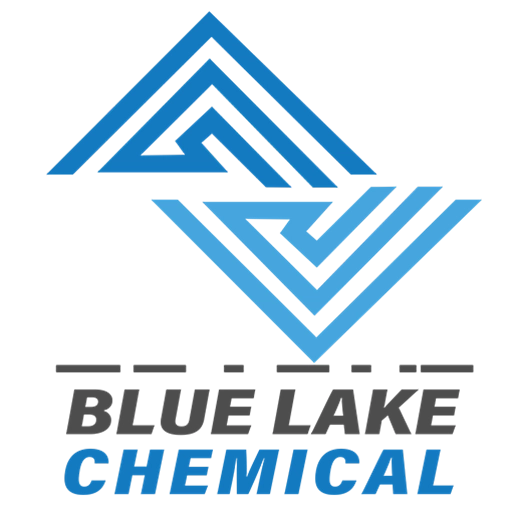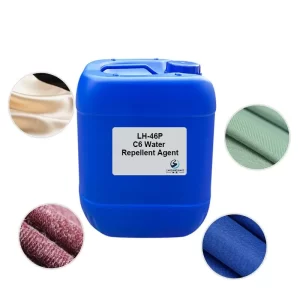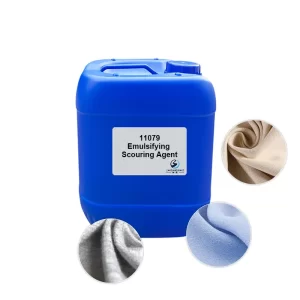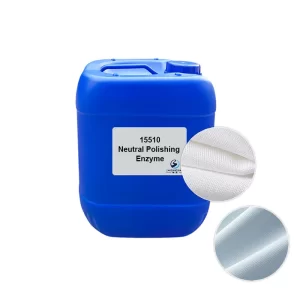In recent years, consumers’ demands for wearing comfort have been continuously increasing, especially in sportswear, functional clothing, and outdoor products. This trend has driven the rapid development of moisture-wicking and quick-drying technology, among which moisture-wicking and quick-drying finishing agents have become one of the key post-treatment methods to enhance the performance of textiles. They can effectively conduct sweat from the skin surface to the outer layer of the fabric and evaporate it quickly, thereby maintaining dryness and comfort.
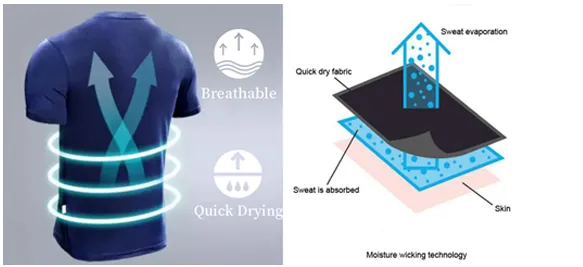
What are Moisture-Wicking and Quick-Drying Finishing Agents?
Moisture-wicking and quick-drying finishing agents are a type of functional textile auxiliary applied in the post-treatment process of fabrics. Their main purpose is to increase the hydrophilicity of fibers, especially for synthetic fibers like polyester that are inherently hydrophobic, enabling them to have the ability to quickly absorb moisture and spread water.
Fabrics treated with these agents can achieve:
- Quick drying
- Reduced sticky feeling when worn
- Enhanced wearing comfort by assisting in body temperature regulation
Working Principle
The basic mechanism of action of moisture-wicking and quick-drying finishing agents includes:
- Surface modification: Creating a hydrophilic coating on the fiber surface.
- Capillary action: Conducting sweat quickly from the skin surface outward through capillary effects.
- Diffusion and evaporation: Water spreads rapidly on the fabric surface, forming a larger evaporation area, thereby accelerating drying.
This technology is particularly suitable for synthetic fabrics that are not easily absorbent, such as polyester and nylon.

Typical Application Fields
Moisture-wicking and quick-drying finishing is widely used in the following areas:
- Sportswear: Running T-shirt, training shorts, leggings
- Outdoor clothing: Functional jackets for hiking and mountaineering
- Industrial workwear: Suitable for high-temperature or high-intensity working environments
- Daily clothing: Underwear, T-shirts, socks, etc.
- Home textiles: Products that enhance comfort, such as bedding and pillowcases
Key Performance Indicators
When evaluating the effectiveness of moisture-wicking and quick-drying finishing, the following aspects are usually focused on:
- Water absorption height(e.g.,capillary rise height after 30 minutes)
- Drying speed(simulating the drying time after sweating)
- Wash durability(whether the finishing effect is maintained after multiple washes)
- Hand feel changes(whether the original softness of the fabric is maintained)
- Compatibility with other auxiliaries (such as softeners, antimicrobial agents, etc.)
Sustainability and Environmental Trends
With the increasing global environmental standards, more and more brands are paying attention to the use of green chemicals. Modern moisture-wicking and quick-drying agents are gradually moving towards nonionic,formaldehyde-free, and biodegradable directions, in line with international certification systems such as ZDHC, OEKO-TEX®, and REACH.
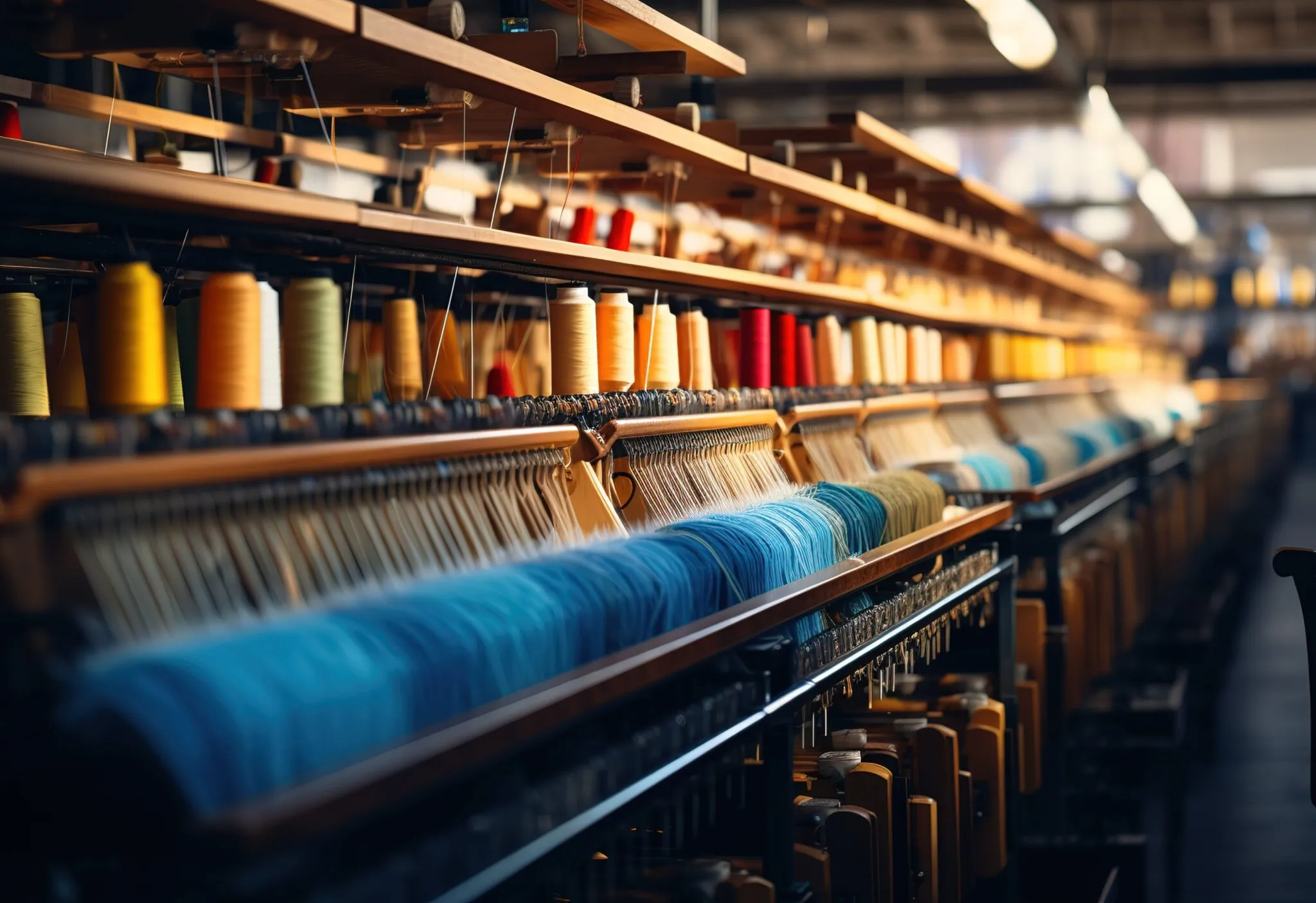
Xulosa
As part of functional textile post-treatment, moisture-wicking and quick-drying finishing agents have become an important means of enhancing the comfort and added value of clothing. Whether in high-intensity sports scenarios or daily wearing environments, they can significantly improve fabric performance and meet modern consumers’ high standards for clothing experience.
Explore BLUELAKECHEM’s Finishing Solutions
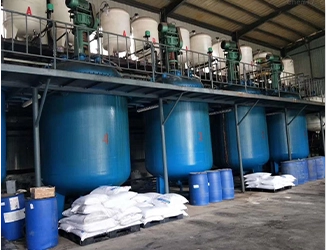
At BLUELAKECHEM, we are committed to delivering high-performance, eco-friendly to'qimachilik yordamchilari to global manufacturers. Our moisture-wicking and quick-drying finishing agents are designed for:
- Synthetic and blended fabrics
- Enhanced washing durability
- Global compliance standards
Whether you’re producing sportswear, functional clothing, or home textiles, our team will work with you to develop tailored solutions that balance performance, sustainability, and cost-efficiency. Contact us today to learn how we can support your next textile innovation.
